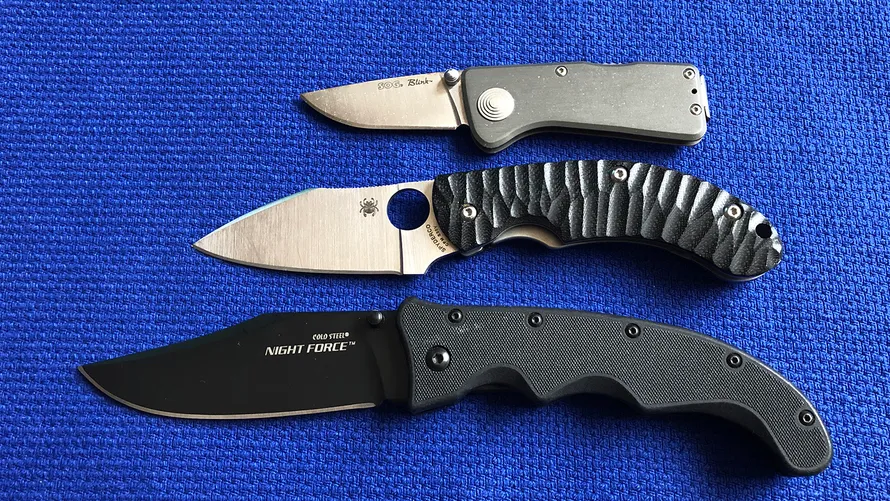November 18 | 2020

A Short Guide for Choosing the Right Tactical Folder
Regular readers of Black Belt know that we frequently run features on knives: knife tactics, knife techniques, knife training, knife law and even the psychology of fending off knife-using criminals. Consequently, the editors of the magazine receive lots of sharp samples for review.
The feedback we get from Black Belt readers indicates that you love blades as much as we do. And judging from the websites and catalogs of the major manufacturers, this is an exciting time to be into edged weapons, with lots of innovation and plenty of new models in the works. Those two observations prompted us to jot down a few bits of general advice, all of it nontechnical, aimed at assisting anyone who’s thinking about buying a blade.
• Once you get used to carrying a knife, you’ll feel naked without one. That’s when you’ll start wondering how you ever got by without a cutting tool in your pocket.
• The longer you carry a knife, the more you’ll value it and the more willing you’ll be to pay extra for a high-end model.
• Double-edged blades are cool, but they’re illegal in some states.

• Bigger ain’t necessarily better.
• Some experts advise carrying two knives: one for everyday cutting and one for self-defense. That way, if you ever need a fighting blade, yours will be razor sharp.
• Some of the snazziest models on the manufacturers’ websites are automatics. Unless you’re in the military or law enforcement, however, you may not be able to purchase one.

Top: Cold Steel’s thumb stud. Middle: Spyderco’s thumb hole. Bottom: Emerson’s thumb wheel.
• Don’t fret too much over whether a knife has a thumb hole, thumb oval, thumb stud or thumb wheel. They all work just fine for one-hand opening.
• Serrated blades are nice, but tiny teeth can bend or break. Even worse, they’re next to impossible to sharpen.

This knife from Gerber allows the user to position the clip at either end.
• Some knives have a clip that permits tip-up carry, while others are designed for tip-down carry. (A few allow you to move the clip.) Each orientation has its advantages and disadvantages. Experiment to find which one you prefer.
• When picking a new knife, pay attention to the abrasiveness of the handle if you plan to clip it inside your pocket. One that’s too rough will wear on the fabric of your pants, causing the threads to fray quickly. Ordinarily, who cares? But if they’re your favorite jeans, you’ll probably want to keep it from happening.

The handle and clip of this knife have taken a toll of the fabric of the jeans.
• Also pay attention to what’s happening in the knife-rights world. A few years ago, a government plan was under way to classify all knives capable of being opened with one hand as switchblades. In an instant, that would have turned millions of law-abiding Americans into criminals. (Every knife shown here can be opened with one hand.) Fortunately, the language of the law was fixed.
For information about other threats to this often-overlooked part of the Second Amendment—our constitutional right to keep and bear arms—visit kniferights.org. And once you’ve helped secure your rights in your state, watch blackbeltmag.com for expert advice on the offensive and defensive use of these versatile tools.
